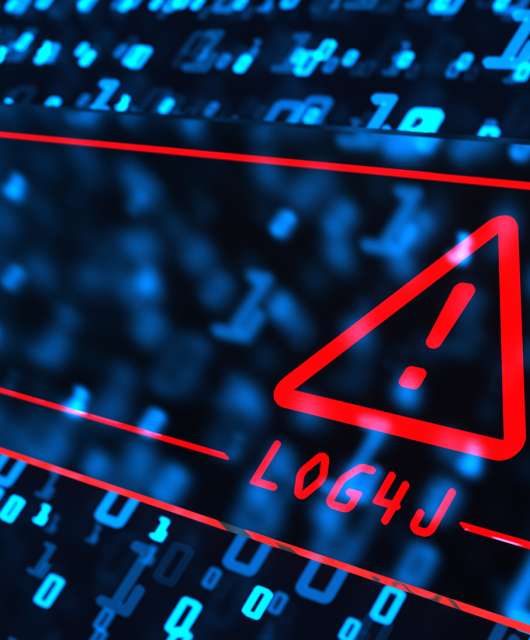15% of Europeans have experienced some form of cyberbullying because of their gender or sexual identity, according to a study by Panda Security.
According to Panda Security‘s 1st Internet Cybersecurity Observatory, around 15% of Europeans say they have suffered some form of online harassment because of their gender or sexual identity and in the month of the Day against Gender Violence it is important to highlight this data in order to seek a solution to this problem.
Cyberbullying is a form of harassment that occurs through electronic media, such as the internet, social media or email. It can be very harmful to victims, causing emotional distress, anxiety, depression and, in some cases, even suicide.
Cyberbullying affects people of all ages and genders.
Within the sample of profiles surveyed, women, young people and those living in Germany and France are those profiles that have experienced the most cyberbullying on the basis of gender or sexual identity.
- Nearly half of Europeans who have experienced cyberbullying say that cyberbullying is quite common in their environment.
- Social media is the channel through which most people have been cyberbullied.
- Nearly 9 out of 10 Europeans agree that cyberbullying should be reported immediately.
“There are many types of harassment: it can be insults, defamation or threats to publish intimate information or photos. In all cases, the first recommendation is always to tell and report the aggressor through the relevant online channels, the media or directly to the police if it is more serious or persistent,” advises Hervé Lambert Global Consumer Operations Manager at Panda Security.
How to combat this problem
The fact that nearly half of Europeans who have experienced cyberbullying say that it is quite common in their environment is worrying. This indicates that cyberbullying is a form of violence that is normalised in society.
Social networks are the channel through which most people have been victims of cyberbullying.
This is because social networks allow bullies to reach a large number of people anonymously.
Other channels used by bullies to carry out this type of harassment include email, WhatsApp or other instant messaging applications, SMS, forums and blogs.
Measures that could be taken
European authorities are recommended to take measures to prevent and combat cyberbullying. These measures could include:
- Education about cyberbullying in schools and universities.
- Raising awareness of cyberbullying in the media.
- Creating mechanisms for reporting cyberbullying.
It is also recommended that technology companies take measures to protect their users from cyberbullying. These measures could include:
- Creating tools to detect and report such harassment.
- Working with authorities to combat it.
- Ultimately, the responsibility for preventing and combating cyberbullying lies with society as a whole. It is important that we all work together to create an environment where we can all feel safe and protected.








